Bucharest orders 100 Solaris electric trolleybuses
Green Car Congress
DECEMBER 31, 2022
The Trollino vehicles will be fitted with Solaris High Power batteries with a capacity of 60 kWh, which will enable them to cover distances of up to 20 km at a time without connection to an overhead wires. The traction batteries will be recharged both en route (via in-motion charging technology) and overnight at the depot.









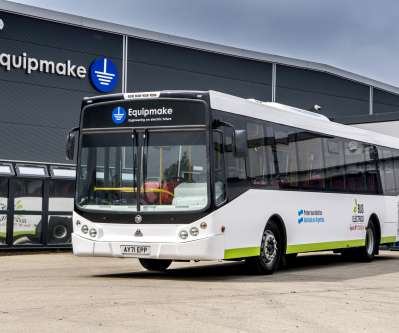

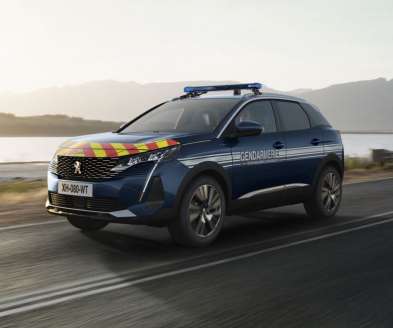







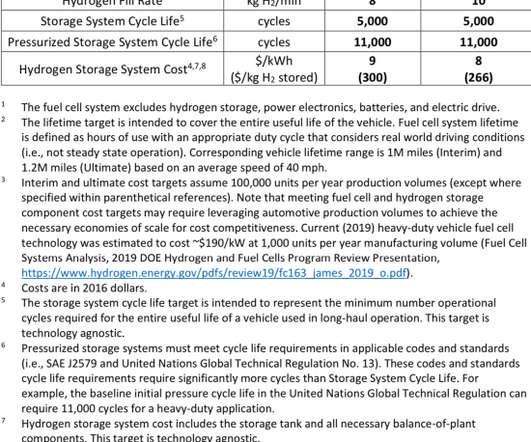
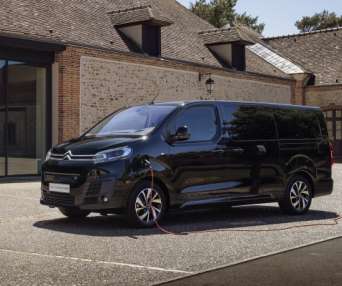

















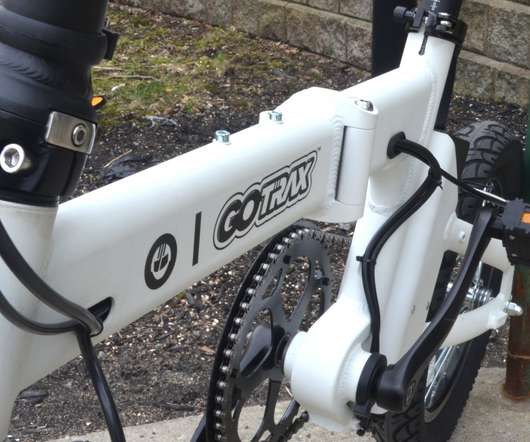

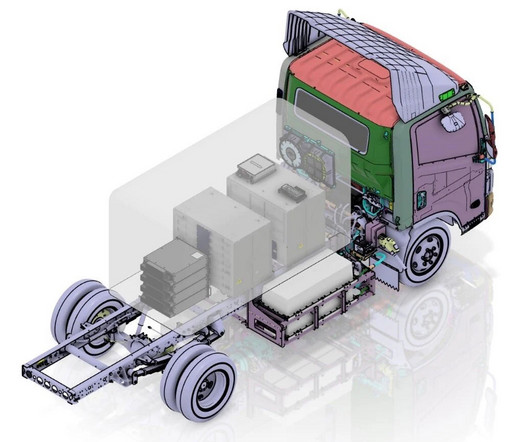







Let's personalize your content